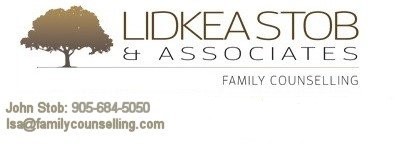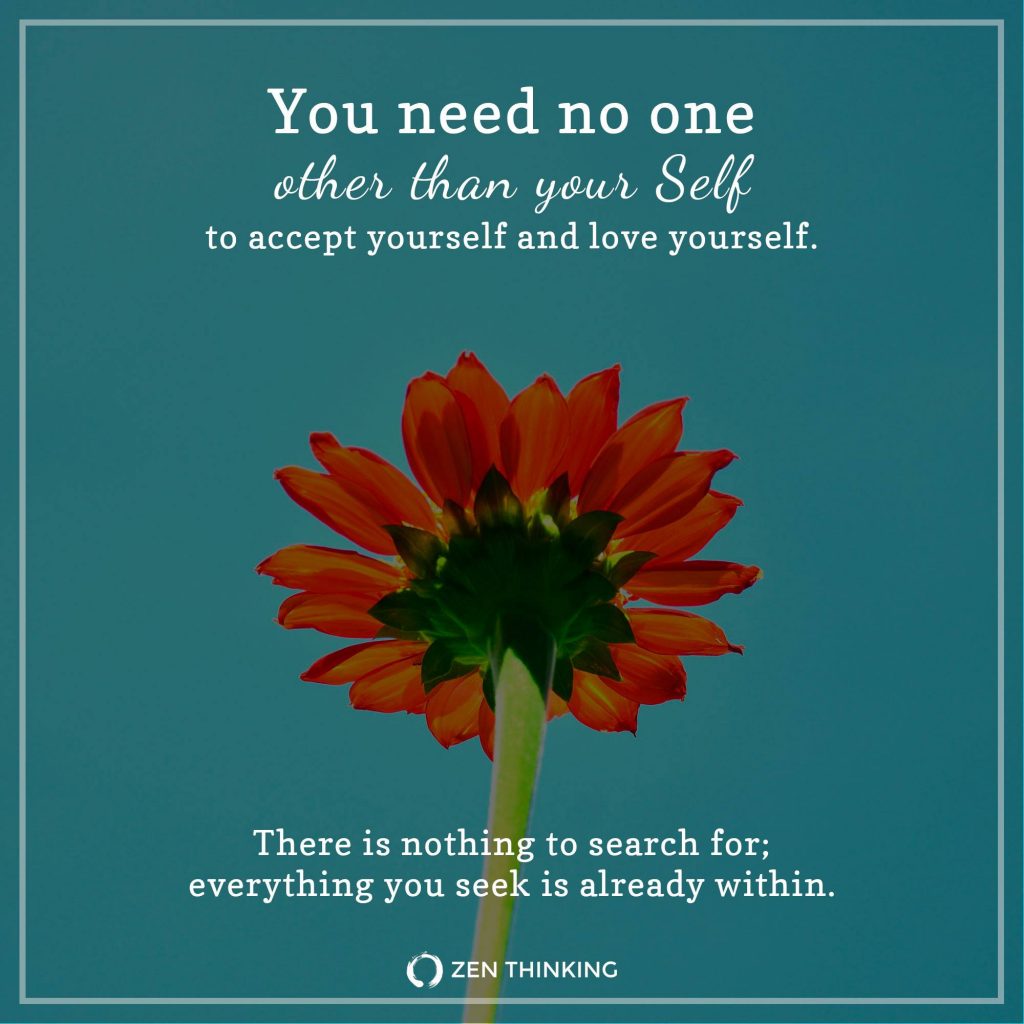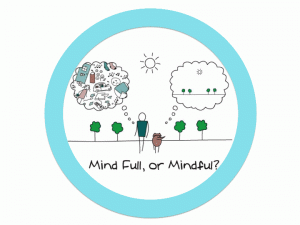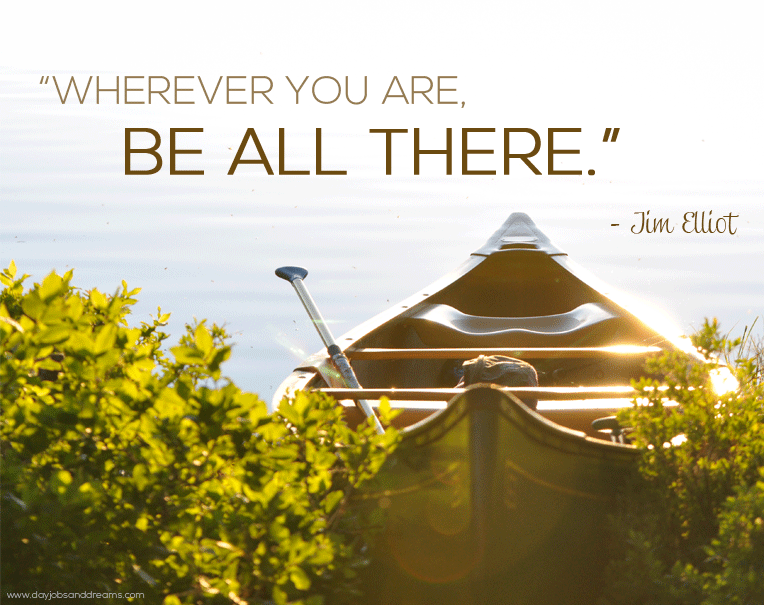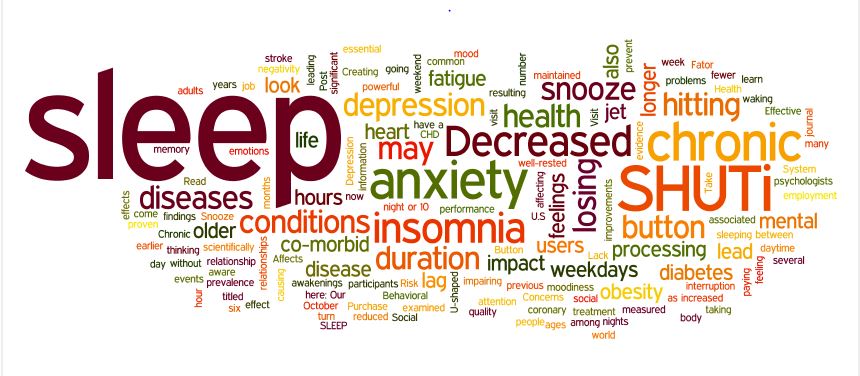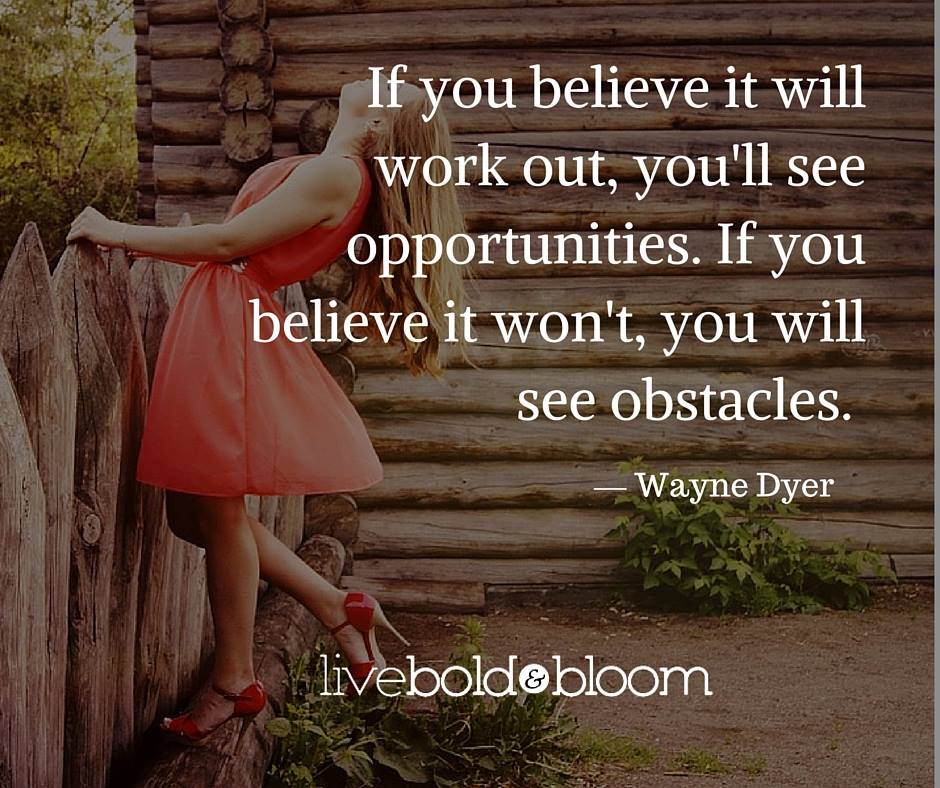Accepting Who You Are
Accepting who you are is a step towards learning to love yourself. It is human nature to look at our own flaws and hold ourselves to standards that we would never expect others to live up to. In counselling a common theme is being unhappy with one self and judging. If you don’t like you then why expect others to? It seems simple but we tend to make it complicated. Accept yourself and be your own best friend. If you are happy and caring to yourself then others are attracted to that energy.
In article Therapists Spill: 12 Ways to Accept Yourself, they suggest you identify and set your intention. Intending to self nourish and celebrate your strengths and honestly embrace your vulnerability is a stepping stone to your new relationship with yourself.
Self Acceptance is about letting go of who you want to be or think you should be and just being. There are steps we can take to be kinder and more loving of ourselves. We can take action and move towards change and healthy improvements to our own self care and self concept. On the blog Tiny Buddha, author Jasmin Tanjeloff writes about Accepting and Loving Ourselves in 10 Simple Steps.
In 8 Techniques for Self-Acceptance, author Leo Babuta suggests that our “happiness is determined by our level of self acceptance.” Compassion and forgiveness for yourself is an important technique to practice. Let go of old grudges and forgive yourself for being human.
So to get started, begin your day with a positive affirmation or a short meditation. This is simple but it reminds you everyday how you can make a difference by setting your intent and making it a positive one.
Affirmations should include a positive statement about yourself. Something like I love and accept myself without question. Here’s a short meditation (2 min) from Depak Chopra, A Positive Affirmation and Acceptance. A little longer one (16 min) is excellent to focus on something your don’t like about yourself and expose that thought in a guided meditation for self acceptance
